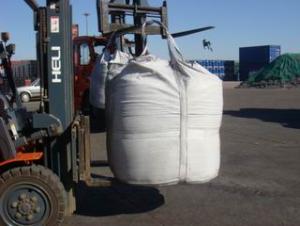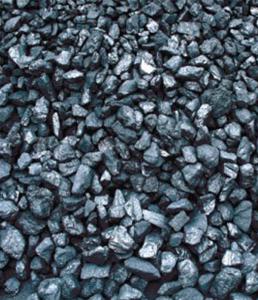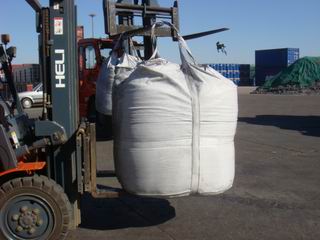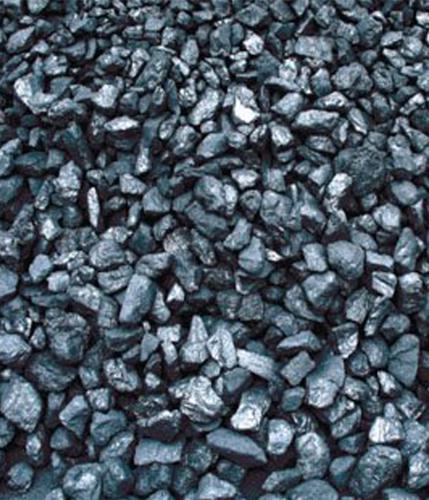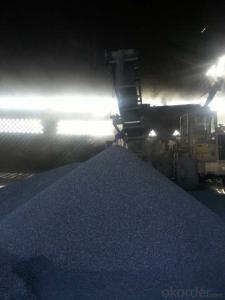Calcined Anthracite FC 94/CNBM China Product
- Loading Port:
- China main port
- Payment Terms:
- TT OR LC
- Min Order Qty:
- 0 m.t.
- Supply Capability:
- 100000 m.t./month
OKorder Service Pledge
OKorder Financial Service
You Might Also Like
Specifications
Calcined Anthracite Coal
Fixed carbon: 90%-95%
S: 0.5% max
Size: 0-3. 3-5.3-15 or as request
Packaging & Delivery
| Packaging Details: | 1. carbon additive in 1 MT jumbo bag 2. carbon additive in 25kg PP bag 3. carbon additive in 50 kg woven bag 4. carbon additive in bags then put them on pallet 5.bulk in container 6.as your requirements |
| Delivery Detail: | within 10 days after receiving 30% deposit or LC |
Product Description
Carbon additive (carbon raiser) with characteristic of low ash and low sulfur is made from calcined petroleum coke, graphite petroleum coke or high quality anthracite coal . As an ideal recarburizer and intermediate reactor, it has been widely used in different industries like metallurgy, chemistry, machinery, electricity, etc.
The selection of a charging carbon is determined by the quality requirements of the steel or ferroalloy production as well as the cost and availability of carbon products. So the recarburizer is mainly used in the metallurgy to increase the content of carbon.
General Specification of Calcined Anthracite coal
PARAMETER UNIT GUARANTEE VALUE | |||||
F.C.% | 95MIN | 94MIN | 93MIN | 92MIN | 90MIN |
ASH % | 4MAX | 5MAX | 6MAX | 7MAX | 8MAX |
V.M.% | 1 MAX | 1MAX | 1.5MAX | 1.5MAX | 1.5MAX |
SULFUR % | 0.5MAX | 0.5MAX | 0.5MAX | 0.5MAX | 0.5MAX |
MOISTURE % | 0.5MAX | 0.5MAX | 0.5MAX | 0.5MAX | 0.5MAX |
Size can be adjusted based on buyer's request.
Pictures of Calcined AnthraciteCoal
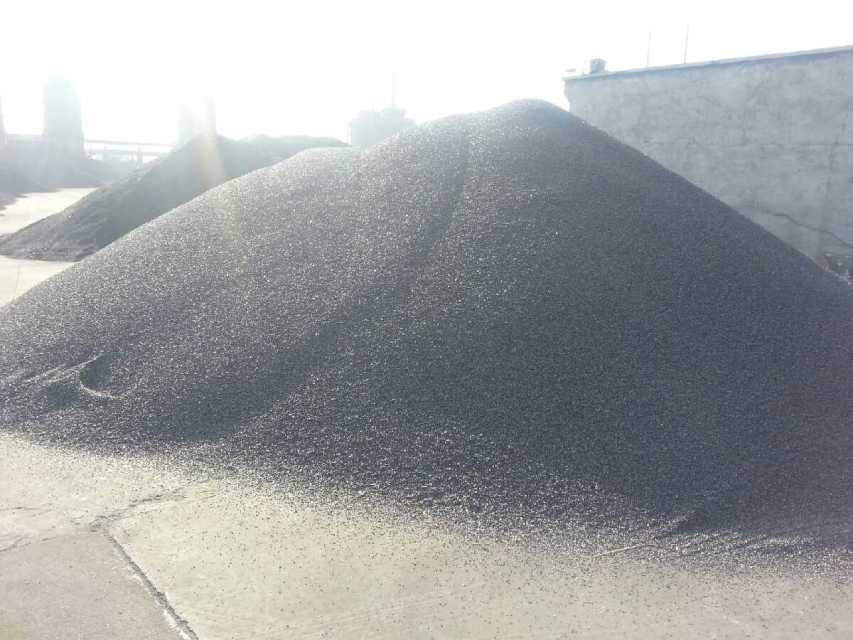
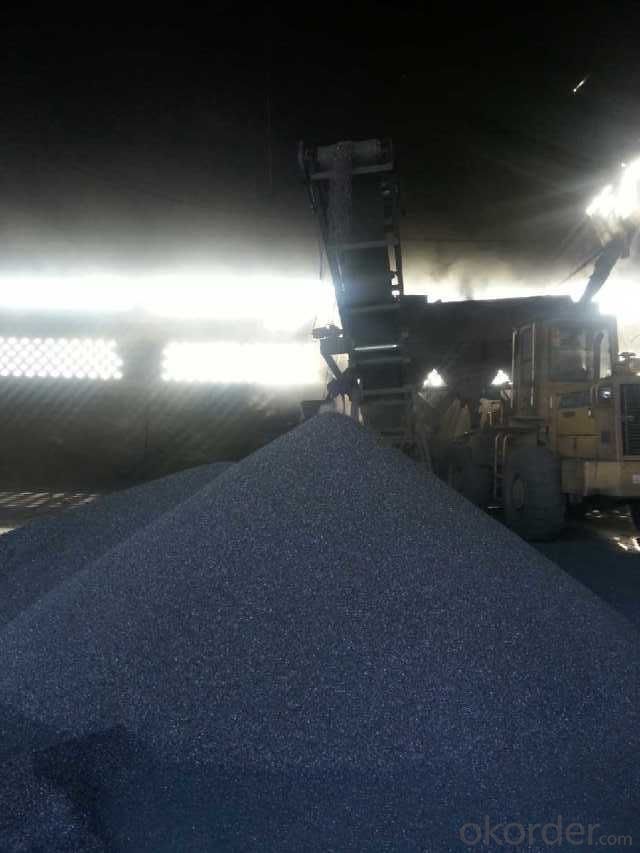


- Q: What are the impacts of carbon emissions on the stability of savannas?
- The stability of savannas, which are delicate and diverse ecosystems, is significantly affected by carbon emissions. One of the main outcomes of carbon emissions is the increase in greenhouse gases, including carbon dioxide, in the atmosphere. This results in global warming, which directly and indirectly impacts savannas in various ways. To begin with, global warming caused by higher temperatures can disrupt the natural fire regimes in savannas. These ecosystems have adapted to periodic fires, which are essential for maintaining their structure and biodiversity. However, increased temperatures can intensify and prolong fire seasons, leading to more frequent and intense wildfires. As a result, the natural balance is disturbed, resulting in the loss of vegetation, changes in species composition, and reduced overall stability of the savanna ecosystem. Additionally, elevated levels of carbon dioxide can affect the physiology and growth of plants. While some studies suggest that increased carbon dioxide concentrations may enhance plant productivity in savannas, it is important to consider other factors such as nutrient and water availability. If these factors do not keep up with the increased carbon dioxide levels, the positive effects on plant growth may be limited, resulting in imbalances within the ecosystem. Moreover, carbon emissions contribute to climate change, which alters rainfall patterns and distribution. Savannas rely on a delicate balance between wet and dry seasons, and changes in precipitation patterns can disrupt this balance. This affects the availability of water for plants and animals, leading to shifts in species distribution, reduced habitat suitability, and increased competition for limited resources. All these factors further destabilize the savanna ecosystem. Lastly, carbon emissions also contribute to ocean acidification, which affects marine ecosystems. Coral reefs, which are connected to savannas through coastal regions, provide crucial habitat and protection for many marine species. Acidic waters can harm coral reefs, leading to their decline and subsequent loss of biodiversity in savanna ecosystems. In conclusion, the stability of savannas is significantly impacted by carbon emissions. Global warming, changes in fire regimes, altered precipitation patterns, and ocean acidification all affect the delicate balance and biodiversity of these ecosystems. Addressing carbon emissions and mitigating their effects is crucial for ensuring the long-term stability and conservation of savannas and the services they provide.
- Q: What are the effects of carbon emissions on the stability of volcanic regions?
- Carbon emissions can potentially have both positive and negative effects on the stability of volcanic regions. On one hand, increased carbon dioxide levels in the atmosphere can contribute to global warming, which in turn may lead to melting of glaciers and ice caps, resulting in a rise in sea level. This rise in sea level can increase the likelihood of volcanic flank collapse, as the added pressure weakens the stability of volcanic slopes. Additionally, global warming can also trigger more frequent and intense rainfall, potentially leading to increased erosion and landslides in volcanic areas. On the other hand, carbon dioxide emissions can also have a stabilizing effect on volcanic regions. The injection of carbon dioxide into volcanic systems can enhance the pressure within magma chambers, promoting magma crystallization and solidification. This process can reduce the likelihood of volcanic eruptions, as the solidified magma acts as a barrier that hinders the movement and release of magma. Overall, the effects of carbon emissions on the stability of volcanic regions are complex and dependent on various factors. It is crucial to continue studying these interactions to better understand the potential consequences and implications for volcanic hazards and the overall stability of volcanic regions.
- Q: I heard that 85 of the furnace rock carbon harmony, and the result that I use advanced strengthening machine when I want to give high-grade furnace rock carbon, this how ah?
- This can be purchased in previous events, but not at the moment, but after all, there has been a high-level reinforcement machine, which is expected to come out later
- Q: What are the effects of carbon emissions on agriculture?
- Carbon emissions have numerous detrimental effects on agriculture. Firstly, increased levels of carbon dioxide (CO2) in the atmosphere contribute to global warming, leading to changes in rainfall patterns and more frequent extreme weather events such as droughts, floods, and heatwaves. These weather conditions disrupt agricultural production by reducing crop yields, damaging crops, and increasing the prevalence of pests and diseases. Higher temperatures also accelerate the rate of evaporation, resulting in soil moisture deficits and water scarcity, which negatively impact crop growth and productivity. In addition, elevated CO2 levels can alter the nutritional content of crops, reducing their quality and nutritional value. For example, studies have shown that increased CO2 concentrations can decrease the protein content in wheat and rice, leading to potential health issues for those who rely on these staple crops. Furthermore, carbon emissions contribute to the formation of ground-level ozone, a harmful air pollutant. Ozone damages plant cells, inhibits photosynthesis, and reduces crop yields. It particularly affects sensitive crops such as soybeans, wheat, and cotton. The effects of carbon emissions on agriculture are not limited to crop production. Livestock farming is also impacted as rising temperatures and water scarcity make it more challenging to maintain adequate grazing lands and provide sufficient water and fodder for animals. Additionally, changes in climate patterns can lead to the spread of livestock diseases and pests, further endangering the livestock industry. Overall, carbon emissions have a cascading effect on agriculture, leading to reduced crop yields, lower nutritional value, livestock farming challenges, and increased vulnerability to pests, diseases, and extreme weather events. Addressing and mitigating carbon emissions is crucial to safeguarding global food security and ensuring the sustainability of agricultural systems.
- Q: What are the impacts of carbon emissions on marine life?
- Carbon emissions have significant impacts on marine life. The release of carbon dioxide into the atmosphere leads to ocean acidification, which disrupts the balance of pH levels in the water. This affects the ability of marine organisms to build and maintain their shells or skeletons, particularly in coral reefs and mollusks. Additionally, rising temperatures due to carbon emissions contribute to coral bleaching, leading to the loss of crucial habitats and biodiversity. Furthermore, increased carbon dioxide levels can alter the behavior, reproduction, and growth rates of various marine species, ultimately impacting the entire marine ecosystem.
- Q: How does carbon affect the formation of cyclones?
- Carbon dioxide (CO2) and other greenhouse gases, primarily emitted through human activities, contribute to the warming of the Earth's atmosphere. This increase in temperature impacts the formation and intensity of cyclones. Warmer sea surface temperatures provide more heat and moisture, fueling the development and strengthening of cyclones. Additionally, higher levels of carbon dioxide may lead to changes in atmospheric circulation patterns, potentially affecting the location and frequency of cyclone formation.
- Q: What is the relationship between carbon emissions and deforestation?
- The relationship between carbon emissions and deforestation is closely intertwined. Deforestation refers to the permanent removal of trees and vegetation in forests, usually to make way for agricultural land, urban development, or logging. This process releases large amounts of carbon dioxide (CO2) into the atmosphere, contributing to greenhouse gas emissions and climate change. Trees play a crucial role in mitigating climate change as they absorb CO2 from the atmosphere through photosynthesis and store it in their tissues. When forests are cleared, this carbon storage capacity is lost, and the carbon previously stored in trees is released back into the atmosphere. Deforestation is estimated to be responsible for around 10% of global greenhouse gas emissions. Furthermore, the burning of forests, a common practice during deforestation, also contributes to carbon emissions. When trees are burned, the stored carbon is released as CO2, exacerbating the greenhouse effect. This is particularly significant in tropical regions where deforestation is prevalent, such as the Amazon rainforest. Conversely, reducing deforestation and promoting reforestation can help mitigate carbon emissions. By preserving existing forests and planting new trees, we can enhance carbon sequestration and reduce the amount of CO2 in the atmosphere. Forest conservation and restoration efforts are crucial components of global climate change strategies, as they not only help combat climate change but also preserve biodiversity and provide vital ecosystem services. In conclusion, the relationship between carbon emissions and deforestation is clear: deforestation leads to increased carbon emissions, while forest conservation and reforestation efforts help reduce carbon dioxide levels in the atmosphere. It is essential to prioritize sustainable land-use practices and support initiatives that protect and restore forests to mitigate climate change effectively.
- Q: What's the difference between an alkaline cell and a carbon cell?
- 3. Alkaline batteries, also called alkaline dry cells, are suitable for large capacity and long time use. The internal resistance of the battery is low, so the current produced is larger than that of the general zinc manganese battery, while the environmental protection type mercury content is only 0.025%, and no recycling is needed. Based on his environmental protection, and the current characteristics of large, so now alkaline battery more.4. In the final analysis, the essential difference between a carbon cell and an alkaline cell is the internal material. In short, carbon battery consists of carbon, zinc skin composition, but its internal cadmium and mercury, is not conducive to environmental protection, but it is cheap, so there is a space for one person in the market, and the alkaline battery no pollution of heavy metal ions, high current, conducive to environmental protection, is the future development direction of the battery!
- Q: What kinds of carbon black paper do you have?
- Three, triad:And the triple carbon free carbon paper receipts can be divided into paper, medium paper and paper. The paper also called back coated paper (CB, Coated Back), the back of the paper coated with microcapsules containing force sensitive pigment oil; in the paper also called double coated paper (CFB, Coated Front and Back), the paper is coated with a chromogenic agent containing microcapsules coated on the back force sensitive pigment oil; the paper also called surface coated paper (CF, Coated Front), the paper only coated with chromogenic agent. Since the display paper (code SC, Self-Contained) is in the back of the paper coated with a layer of microcapsules containing force sensitive pigment oil, microcapsule coated positive chromogenic agent and pigment containing sensitive oil.Four, selection of carbonless paper:In the purchase and use of carbonless paper, preferably with the same company produced the same brand, paper collocation, production date and not apart for too long. Because the various manufacturers of products in brightness, color density, smoothness, thickness, stiffness, strength, color printing surface galling tone, compactness, ink and other indicators are different, so the different manufacturers of paper used in appearance, collocation, printability, collating, copying are affected.
- Q: How do you make your own carbon fiber bar?Know. ID is how to make? Don't copy anything that has nothing to do with it
- Carbon fiber rods, generally used in fishing rods, medical and construction fields, the molding process is pultrusion.Pultrusion: traction carbon fiber yarn (carbon fiber yarn is usually 12K, 24K based) impregnated epoxy resin, by heating 130 degrees or so, high temperature curing molding.Specific molding process can be consulted.
Send your message to us
Calcined Anthracite FC 94/CNBM China Product
- Loading Port:
- China main port
- Payment Terms:
- TT OR LC
- Min Order Qty:
- 0 m.t.
- Supply Capability:
- 100000 m.t./month
OKorder Service Pledge
OKorder Financial Service
Similar products
Hot products
Hot Searches

